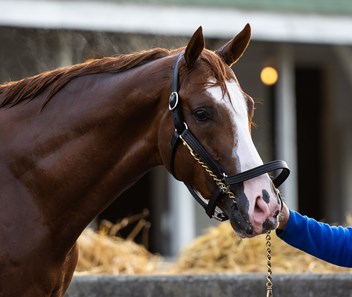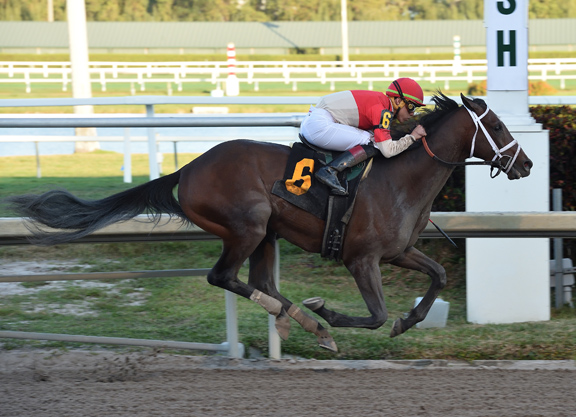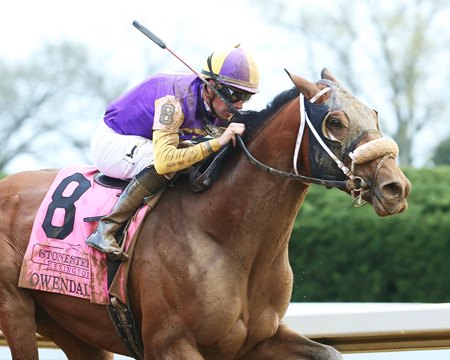Suncor
Energy ($SU, $31.66): “Sunny in Alberta”
By:
Ben Schmidt, AIM Student at Marquette University
Disclosure:
The AIM Equity Fund currently holds this position. This article was written by
myself, and it expresses my own opinions. I am not receiving compensation for
it and I have no business relationship with any company whose stock is
mentioned in this article.
Summary
• Suncor Energy, Inc. (NYSE:SU) is a Canadian integrated energy
company which develops petroleum resource basins through offshore oil and gas
production, petroleum refining and product marketing.
• Suncor achieved 98%
upgrader utilization despite production curtailments by the Government of
Alberta. Historically in the Oil Sands, only about 40% is upgraded into synthetic
crude oil (SCO).
• Total upstream
production was 764.3 thousand barrels of oil equivalent per day (kboe/d), up
from 689.4 (kboe/d) in 4Q2018. Total Oil Sands production was 657,200 barrels
per day (bbls/d), compared to 571,700 bbls/d in the prior year quarter.
• Despite weak oil prices
in the back half of FY2018 and early FY2019, SU still delivered $2.6 billion of
cash from funds from operations in 1Q2019.
• They delivered $662
million in dividends to shareholders while also buying back $514 million of
common shares in the first quarter of 2019.
Key
points:
In early December, the government in Alberta decided
to impose production cuts of 325k barrels per day in response to a widening
differential of the Western Canadian Select (WCS) to the WTI. This is largely
attributable to the lack of takeaway capacity in Canada. As SU continues to
produce more oil YoY, they have been realizing prices at lower than historical
prices.
Due to the large
overcorrection in differentials, Alberta began easing up on production curtailments.
This decision ultimately raised their realizable prices per barrel which
translated into positive Net Income of $1.5 billion, up from ($212 million) in
4Q2018. Despite the increases in Net Income, cash operation costs in the Oil
Sands rose $3.10 per barrel to $29.95 largely in part to the production
curtailments. Moving forward, as production activity increases and economies of
scale takes place, these costs should start to trend down towards historical
averages. Suncor expects these curtailments to trend closer to 175 kboe/d by
June, allowing them to get in line with their 2019 guidance. Once this happens,
they will begin working on optimizing their asset performance and safety to
deliver stronger performance for the rest of FY2019. Furthermore, SU’s BOD
approved a 17% dividend increase on ~ 1.7 billion and up to $2.0 billion for
share repurchases on an annual basis.
On April 19th,
the United Conservative Party of Alberta formed a ruling majority with 63 out
of the 87 seats in the provincial government. With years of negligence from the
New Democratic Party in forming deals for the energy industry Alberta, this
should help turn things around and set up a fierce battle with the federal
government. Before coming into power, their platform included an 8% corporate
tax rate which reduces it from 12%. Also, they have proposed to decrease the
carbon tax to spark more growth from the energy industry in hopes to spur job
creation. Lastly, they would set up a $30 million “war room” in Canada and internationally
to defend Alberta’s energy industry. If any or all of these come to fruition,
Suncor stands to benefit.
What
has the stock done lately?
On November 14th,
the CEO of Suncor decided to retire. Around this same time period, Canada
decided to cut production by 325k barrels per day. With these two negative
announcements, the stock plummeted to a yearly low of ~ $27/share. Since then,
the company announced that they were going to expand production by 10% during
2019 to an average of 820,000 boe/d for FY2019. Soon after this, the
differentials between the WCS and WTI tightened sending the stock back up to
around $32/share. It has hovered around this price for the past months of March
and April.
Past Year Performance:
Over
the past year, the volatility in Suncor can be attributed to the wild swings in
oil prices, production curtailments and earnings announcements. Since the
middle of August, Suncor sat at its 52 week high of $42/share – the height of
oil prices for 2018. As prices started deteriorating, so did the stock. It fell
to a yearly low of $26.5/share, a depreciation of 36.9%.
Source:
FactSet
My
Takeaway:
Suncor finds itself in a
lucrative to benefit from certain favorable domestic and macro factors. The
differential in the WCS has been at historic lows at has rebounded since the
production cuts levied by the Canadian government continues to ease. With this,
Suncor will be able to realize better prices per barrel and are to produce at
rates they see fit. Moreover, takeaway capacity continues to get built out in
Canada and the U.S. allowing maximum production. From a valuation perspective,
their EV/EBITDA multiple of 6.57x is in line with peers despite weak EBITDA
performance this past year. Also, Suncor holds one of the largest balance
sheets among its peers in Canada. Since E&P’s benefit from scale, Suncor is
once again a value play in the portfolio.
Source:
FactSet




 The D10 Athlete Profile explores what brings competitors to The D10 playing field...and what they bring away from it.
The D10 Athlete Profile explores what brings competitors to The D10 playing field...and what they bring away from it. 































